Measuring vital parameters to monitor a person’s state of health and level of well-being. This is what smart rings, which have emerged in recent months as the main novelty in a technology market focused at the consumer level and always on the evolution of smartphones, were born for. It is immediately apparent, however, that these devices do not open up new frontiers in terms of the market, as they do what smartwatches and specific phone apps have done so far.
What is new is the user experience, which changes for the better as the snapshot of one’s physical condition becomes at the fingertips. Having to wear a small ring on your index finger to know your heart rate, blood pressure level, sleep quality, and running and walking data is, first and foremost, a convenience. Amplified by the possibility of relying on a device that is light, unobtrusive, beautiful to look at and has a much longer battery life than the average smartwatch.
The strong points
The combination of convenience and functionality has allowed smart rings to gain visibility and interest in the eyes of consumers. Not least because for many people, wearing a ring on their finger is a source of joy, both on an aesthetic level and as a way of showing off something that surprises their friends, but also to stand out from the crowd. Without forgetting, some appreciate the discretion of an anonymous ring that effectively collects data on vital parameters. So, if manufacturers and developers can create one or more killer apps, a rosy future for a market that is still in its infancy is assured.
Another relevant factor favouring the spread of smart rings is the greater effectiveness of the finger compared to the wrist in data collection, as many studies have shown that the former, compared to the latter, ensures greater accuracy when measuring blood pressure and heart rate. Added to this is the extensive list of parameters that current devices are able to measure to detail one’s state of health: from glucose to blood oxygen levels, a greater quantity of data, combined with improvements in detection methods and the quality of the information, makes it possible to rely on more reliable devices and thus have greater awareness of one’s psychophysical condition. Always remember that any abnormalities must be reported to doctors and specialists, as smartwatches, smartbands, and smart rings are not professional tools but useful accessories for knowing how one’s body is.
Turning point: the arrival of Samsung
Although already on the market, the arrival of the Samsung Galaxy Ring, available in several European countries, triggered mass interest in smart rings. Functionality and design do not differ from the other models because the standard is set for now: circular shape, small size, black, grey, and gold colours, and the ability to monitor the body’s most well-known vital functions. This is an effective way of securing useful information and constant support to know oneself and achieve personal health goals.
In addition to the above, the interesting aspect of Galaxy Ring is the Energy Score, which helps to understand the impact of health on daily life. Wellness tips based on comprehensive data and individual interests offer personalised recommendations for improving one’s physical state. Useful is Heart Rate Alert, which sends real-time notifications in case of unusually high or low heart rates so that action can be taken in time. Using AI algorithms, the Samsung ring helps to understand one’s sleep patterns and improve habits, with snoring detection and monitoring of nocturnal movements and breathing frequency.


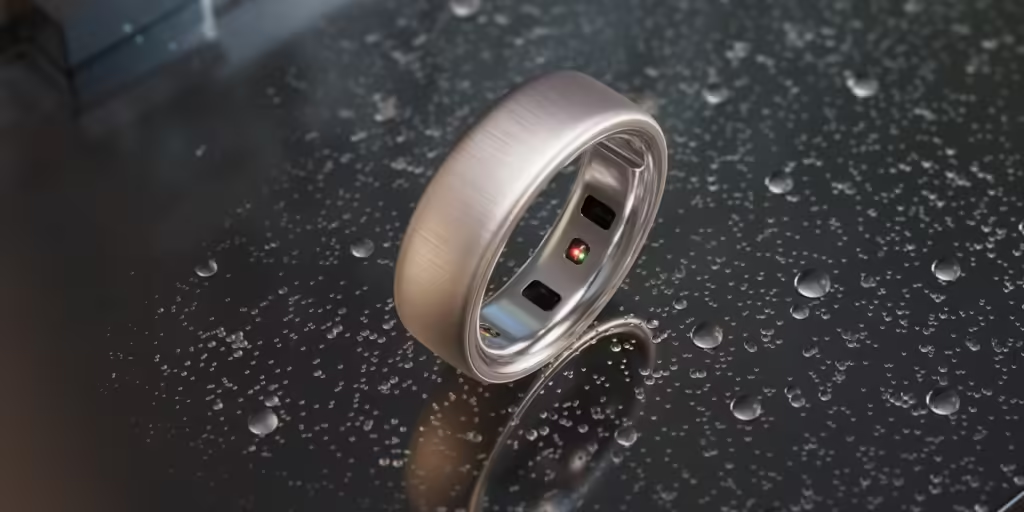
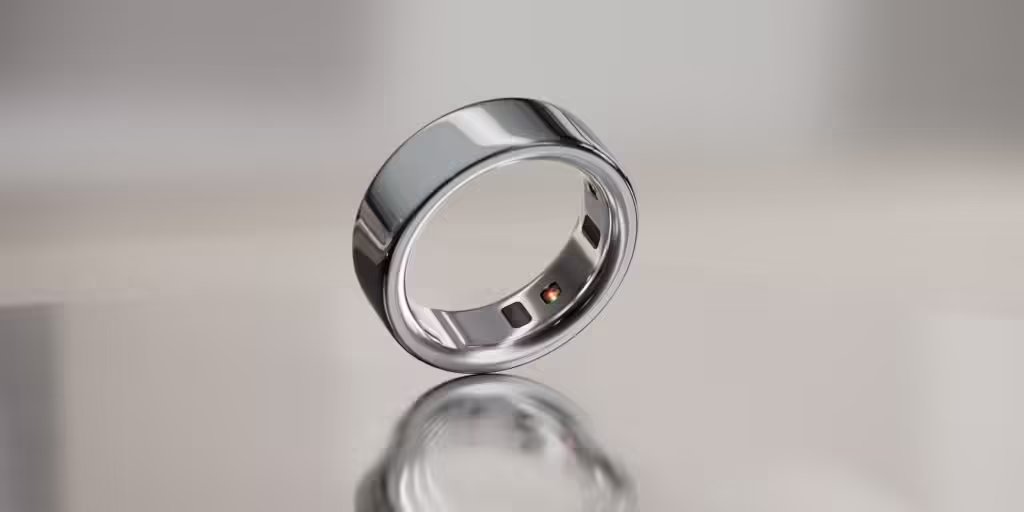
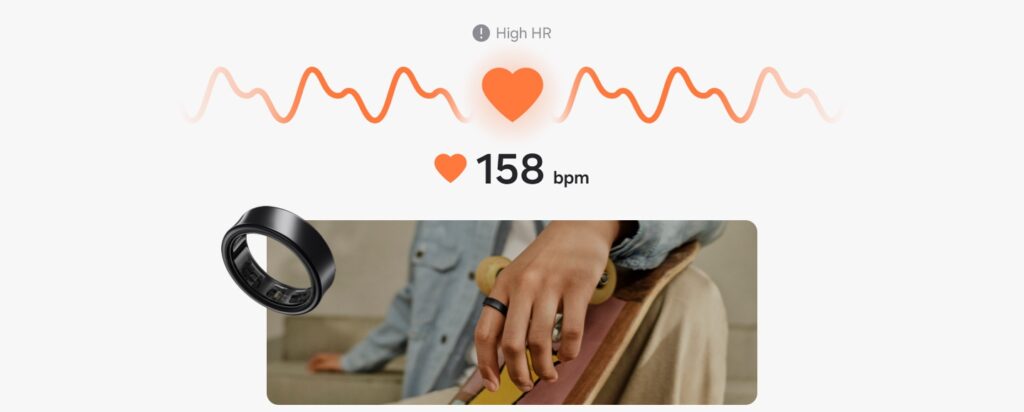
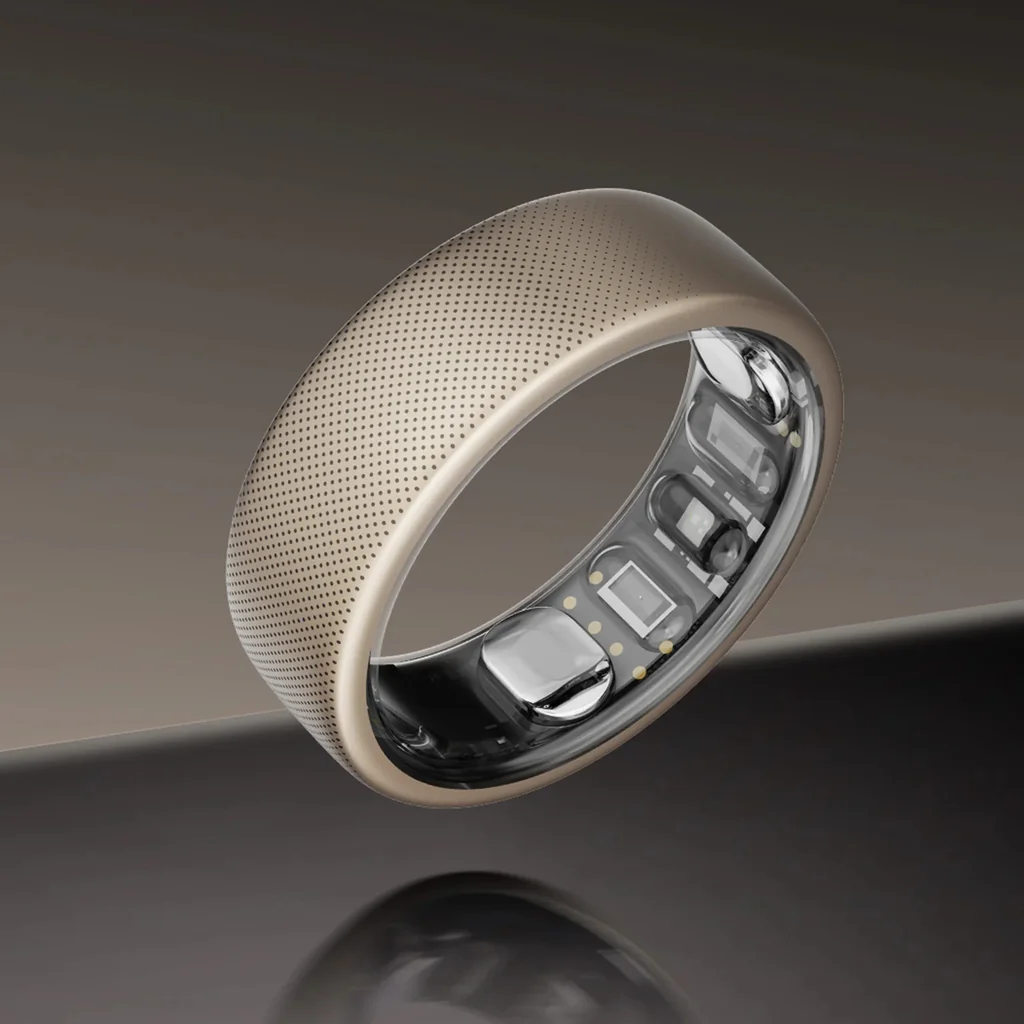
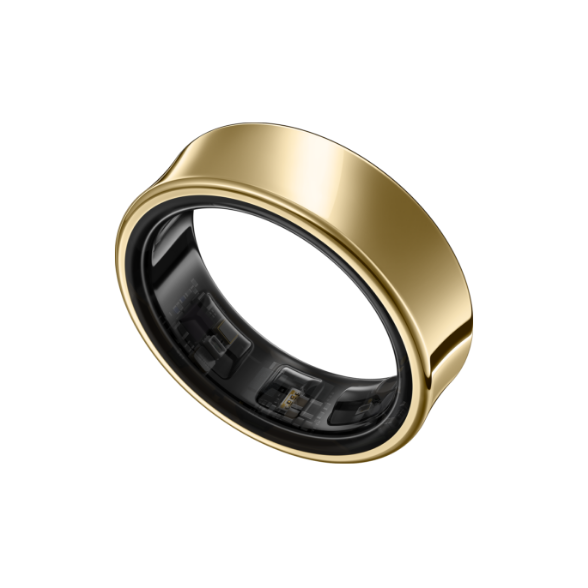

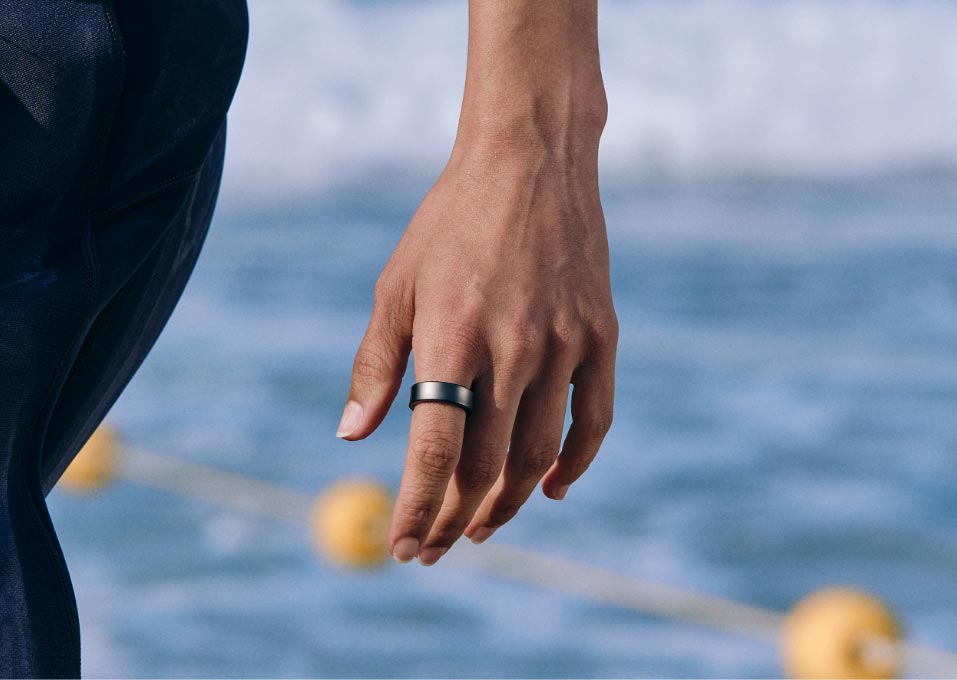

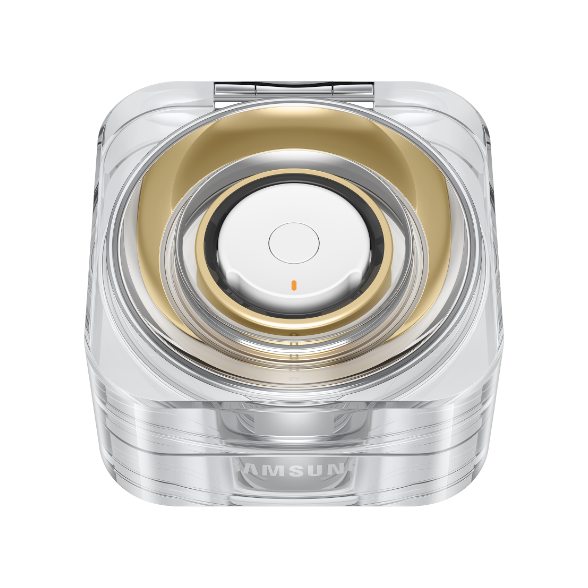
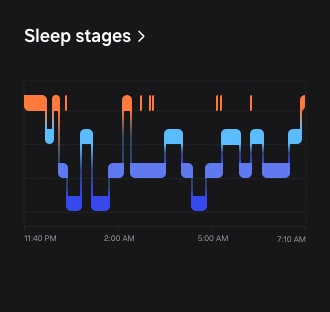
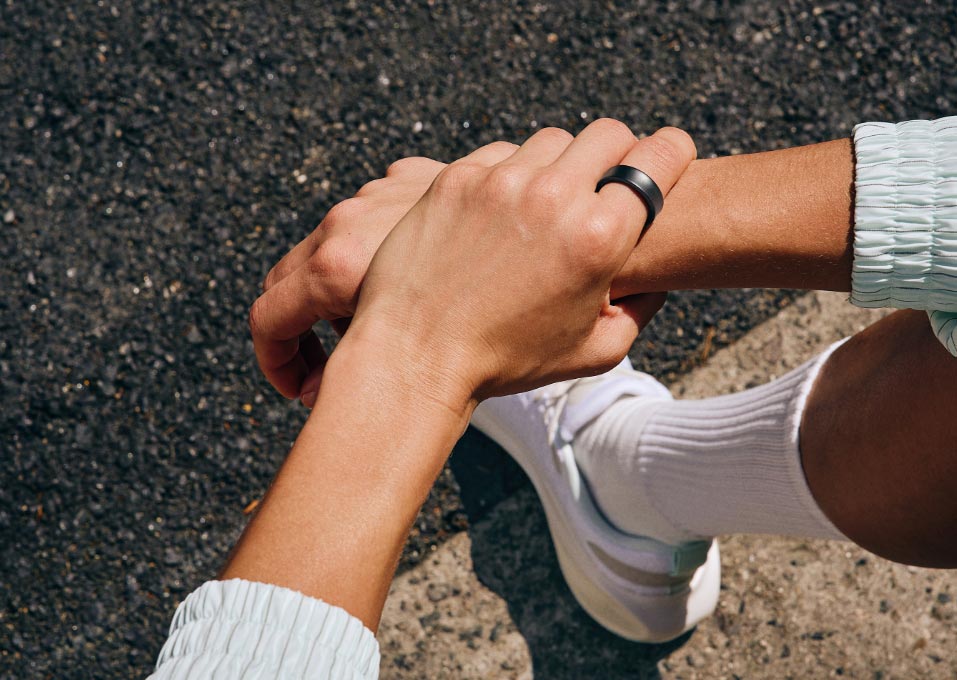

Weighing between 2.3 and 3 grams depending on the size (there is a kit to avoid making the wrong choice from the nine available options), it is water resistant to 10 ATMs but not waterproof (and you should not use the ring at the beach or in a swimming pool, shower, spa or sauna, nor expose it to intense water flow or running water, nor should it be used during water sports, also because Samsung’s conventional warranty does not cover liquid damage) has an autonomy of about 7 days with a charging case that speeds up charging, Samsung Galaxy Ring collects data in the Samsung Health app and is available in the three colours Titanium Black, Titanium Silver and Titanium Gold. It costs €449 and has no subscriptions to take advantage of current and future features.
Amazfit and Oura
As mentioned, Samsung is the latest entrant in the smart rings market because many smaller companies, including Amazfit and Oura, have preceded it. The former has signed Helio Ring (currently discounted from €299 to €169.90), one of the most popular models, similar to a wedding ring but thicker even though it weighs a few grams. This is why, after a little time to get used to it, you quickly get used to wearing the Amazfit ring, which collects data for health and measures personal well-being via pedometers, distance travelled, body temperature, speed, menstrual cycle and ovulation monitoring for female well-being.
But in general, the smart ring is also useful for unlocking the car door, the house lock, paying the bill, replacing smartwatches, smartphones, and any other option that requires more than one step to complete the transaction.
The first to bet on the ring as a useful device for gathering information was Oura, which in 2015 launched its first model, now in its fourth generation, available in 6 versions with prices ranging from €399 to €549. With 8 days of autonomy, monitoring of sleep phases and advice on which regime to adopt and when to go to sleep for the good of the body, Oura 4 provides a monthly subscription of €5.99 a month (or €69.99 a year) to take advantage of a range of targeted advice about the body and the goals to be achieved.
Although few people are willing to spend several hundred euros on a smart ring, it is likely that within a few years, this accessory will erode the market share of smartwatches. Having listed its functions, after all, we should not be surprised.



